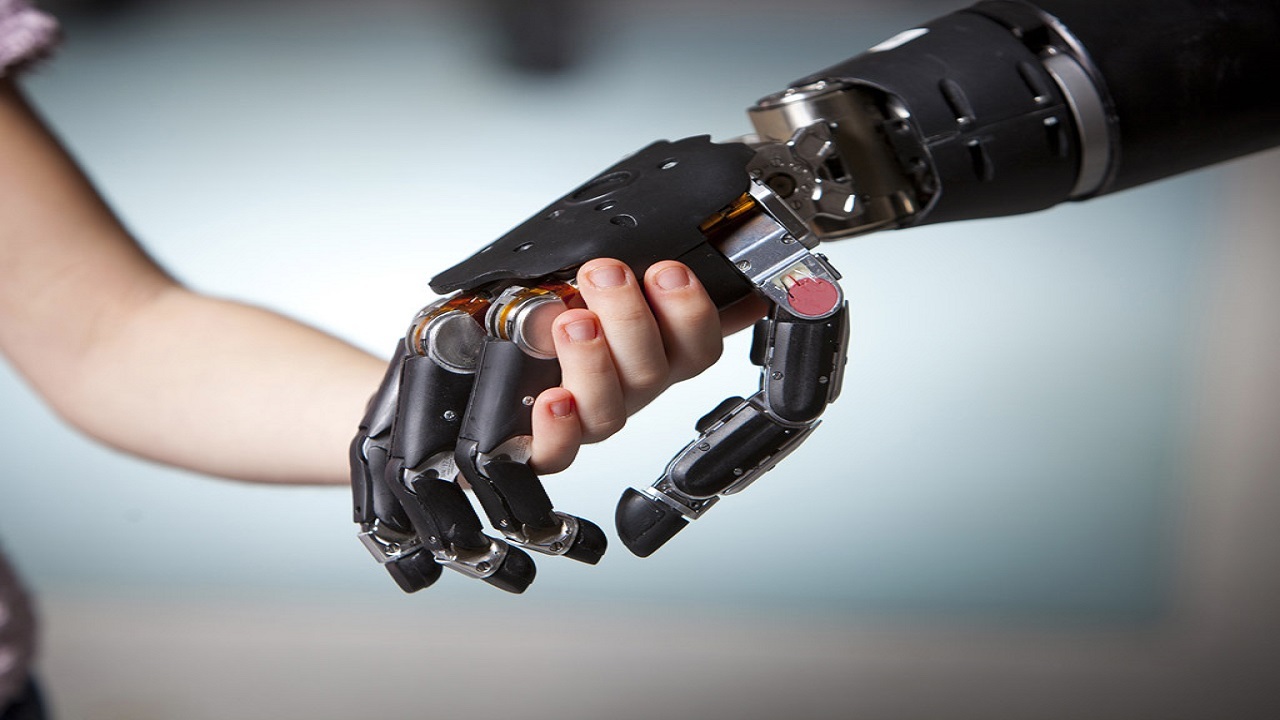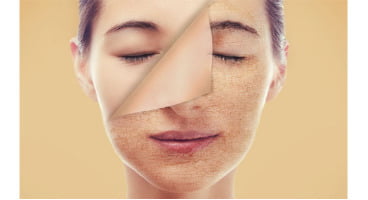the doctor Des Gibson Director of the Institute of Thin Films, Sensors and Imaging West of Scotland (UWS) and principal investigator on the project said: “In recent years, there have been amazing advances in robotics, but the capabilities needed in sensors are lacking. Robotic systems in general are unable to perform some The tasks, they are easy, the robots have their own abilities.The ability to touch
He added: Cooperation in this field with the company Integrated graphene (Integrated Graphene) has led to the development of advanced pressure sensing technology that could help revolutionize robotic systems.

These sensors are made of 3D graphene foam and have a pressure sensitive (pressure resistance) method. Graphene foam exhibits unique properties when subjected to mechanical stress. Graphene is the name of one of the allotropes of carbon, which consists of a two-dimensional honeycomb crystal structure.
When these materials are subjected to stress, they dynamically change in electrical resistance and these materials adjust to the range of applied stress.
The next phase of this project will focus on increasing the sensitivity of these sensors, after which, the broader application of these sensors in robotic systems will be considered.
46










